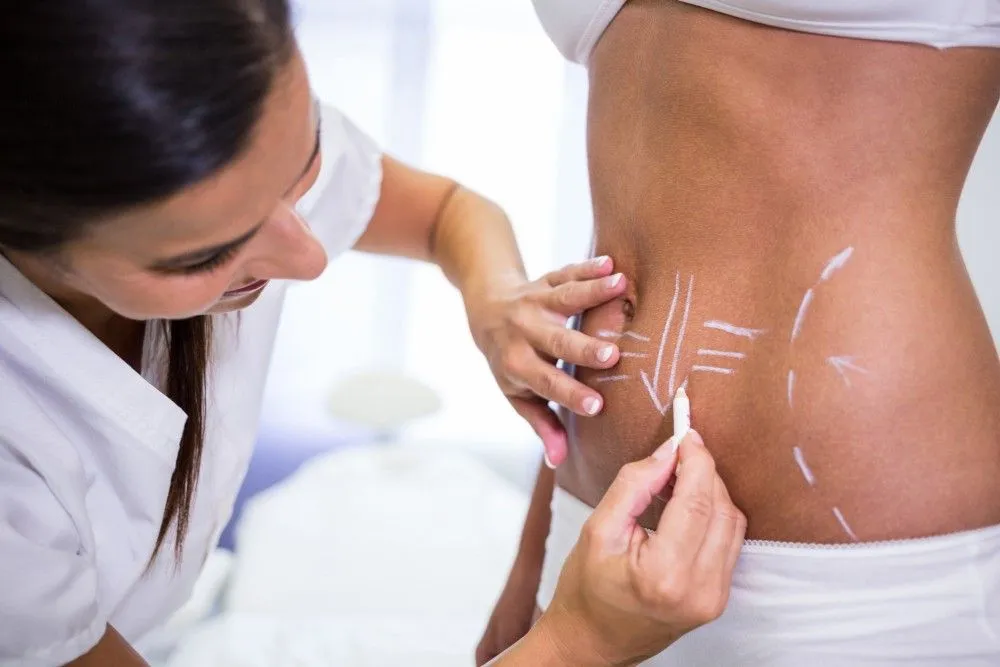What is urinary incontinence?
Urinary incontinence (UI) is a condition in which a person loses bladder control, which leads to leaking of urine involuntarily when s/he coughs or sneezes or has a sudden and strong urge to urinate (often with the person failing to reach the toilet in time). The condition can vary from patient to patient, from causing mild leaking to strong wetting.
It is a common problem that people find to be quite embarrassing.
There are different types of UI:
- Stress incontinence
- Urge incontinence
- Overflow incontinence
- Functional incontinence
What are the causes of the disorder?
Urinary incontinence causes vary depending on the type. For example, stress incontinence is caused by weakened or damaged muscles like the urethral sphincter and pelvic floor muscles, while urge incontinence results from an overactivity of the muscles that control the bladder.
Certain conditions that increase the risk of UI include:
- Obesity
- Pregnancy and giving natural
- birth through vagina
- A family history of incontinence
- Age
What one needs to know about symptoms or signs?
Symptoms of UI include:
- Leakage of urine during sneezing, coughing, exercising, or lifting heavy objects.
- Sudden urge to urinate that is followed by involuntary loss of urine.
- Frequent urination; disturbed sleep.
- Constant dribbling of urine as the bladder does not empty fully.
- Inability to reach toilet in time and urine passes involuntarily.
- Two or more of the above symptoms.
Which specialist should be consulted in case of signs and symptoms?
A urologist should be consulted in case of men and an urogynaecologist in case of women.
What are the screening tests and investigations done to confirm or rule out the disorder?
The doctor begins by understanding the exact type of incontinence before starting urinary incontinence treatment. Diagnosis is carried out through the following:
- Physical exam - The doctor checks for incontinence by directing the patient to close mouth, pinch the nose closed and exhale strongly.
- Urinalysis - Urine sample is looked for signs of infection, blood or other anomalies.
- Bladder diary - The patient is asked to monitor and record the amount of fluid consumed, frequency and quantity of urine, and any incontinence episodes.
- Post-void residual measurement - Patient is asked to urinate in a measuring container, following which the doctor checks for any urine left in the bladder using ultrasound or catheter.
- Cystoscopy - A cystoscope is a thin, flexible tube with camera that allows the doctor to view the bladder and the tract to look for incontinence causes.
- Urodynamic tests- This is a group of tests that check the functioning of the urinary bladder.
What treatment modalities are available for management of the disorder?
Treatment plan for UI is determined based on the type of UI and its severity. It initially involves non-surgical methods, but surgery may be required if other treatments fail.
Non-surgical treatment
These include:
Lifestyle changes - Simple changes in lifestyle can improve symptoms. These include:
- Reducing caffeine intake
- Maintaining fluid intake (neither too high nor too less)
- Maintaining healthy weight
Pelvic floor exercises- These exercises, known as Kegel exercises, help strengthen the pelvic floor muscles and improve stress incontinence symptoms. This is especially useful for new mothers. To do the Kegel exercise, person should hold the muscles (for 10 seconds) that stop urine flow, and then release. Three or four sets should be done daily. Bladder training - This involves techniques that help improve the time period between feeling the need for urination and actually passing urine. Medication - Medications may help to calm an overactive bladder, relax bladder muscle, increase hold capacity, and make it easier to empty the bladder fully.
Surgical procedures
Surgical treatment involves:
Sling procedure- A sling made of body tissue or synthetic material is placed around the urethra to keep it closed. Bladder neck suspension- This procedure provides support to the bladder neck and urethra. Artificial urinary sphincter- A fluid-filled ring around the bladder neck keeps the sphincter closed in men. Prolapse surgery - A combination of prolapse and sling procedure helps counter pelvic organ collapse and incontinence.
How can the disorder be prevented from happening or recurring?
It may not be always possible to prevent UI. However, its risk may be reduced by:
- Keeping a healthy weight
- Including fibre in diet and preventing constipation
- practising pelvic floor exercises
- Avoiding acidic foods and caffeine that irritate bladder
Sources:
Image courtesy of [stockimages] at FreeDigitalPhotos.net"Incontinence & OAB Overview," WebMD.com, https://www.webmd.com/urinary-incontinence-oab/"Types of Urinary Incontinence," WebMD.com, https://www.webmd.com/urinary-incontinence-oab/types-of-urinary-incontinence"Urinary incontinence," NHS.uk, https://www.nhs.uk/conditions/Incontinence-urinary/Pages/Introduction.aspx"Urinary incontinence," MayoClinic.com, Mayo Clinic Staff, https://www.mayoclinic.org/diseases-conditions/urinary-incontinence/basics/definition/con-20037883"Urinary Incontinence," medlinePlus.com, NLM, NIH, https://www.nlm.nih.gov/medlineplus/urinaryincontinence.html"Urinary incontinence: The management of urinary incontinence in women," NICE.org.uk, https://www.nice.org.uk/guidance/cg171
Reviewed by







